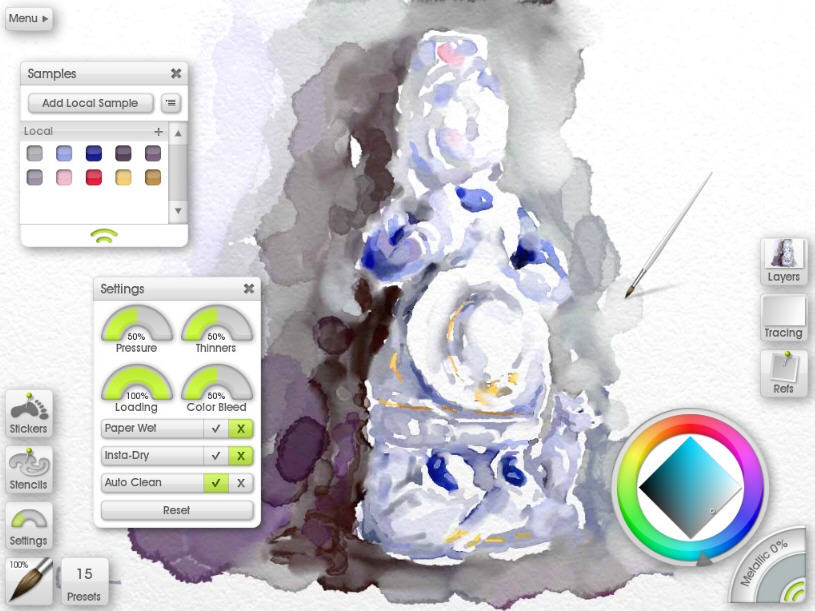


One great new feature is PaintLink that enables you and a friend to collaborate on the same painting in real-time. These are here to smooth out ArtRage's rough edges and makes this edition even easy to jump into and start painting. There are some good new ideas in ArtRage Vitae but as I mentioned above many of these are hidden or subtly introduced. ArtRage Vitae review: new featuresĪrtRage Vitae now includes collaboration tools (Image credit: Ian Dean) If you're used to more traditional UI, such as in Photoshop or Rebelle, you may find this limiting. I love it, but I've been using it since ArtRage 3 so I've become used to the big and chunky look. With all this said, ArtRage's UI may not be for everyone. There is a small learning curve as ArtRage has its own naming conventions for some common tools, and learning how to tailor its real paint simulations can take time to figure out. The streamlined look means there's more room given over to the canvas, and you rarely feel like the menus are overcrowding the painting space. But its UI remains one of the best for newcomers, as it hides a lot of its depths behind sliders and easily clicked palettes and drop-down lists. In fact, many of the new features are behind the scenes additions designed to bring the software up to date without compromising the ease of use ArtRage is known for.

Some may criticise the chunky UI that hasn’t really changed since that iPad release since its release 18 years ago, but there’s a homely, robust feel to this edition of ArtRage. The UI is bold and chunky but very easy to use (Image credit: Ian Dean)įor this review I'm using an old Wacom Studio tablet running Windows 11, and ArtRage Vitae is a surprisingly smooth experience.


 0 kommentar(er)
0 kommentar(er)
